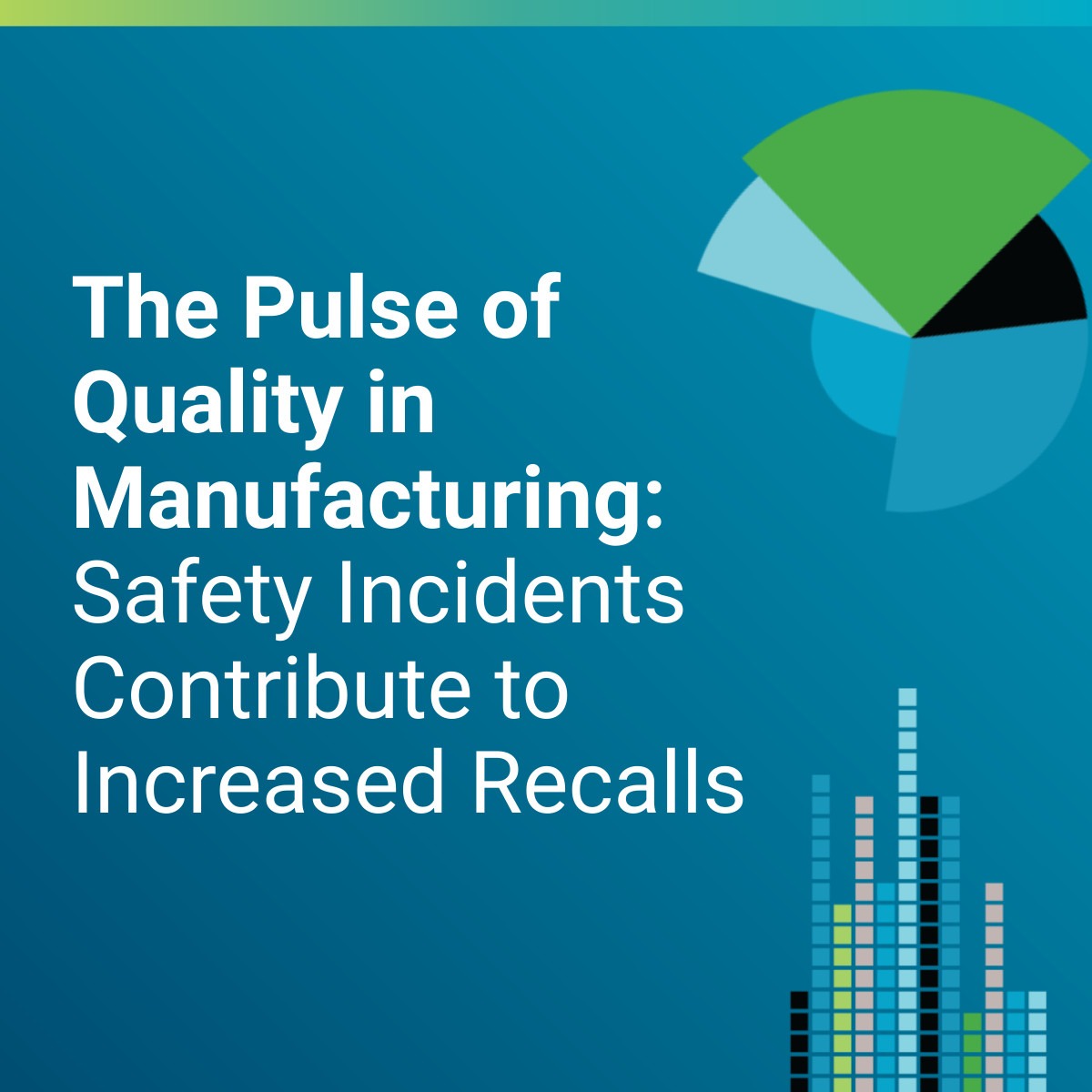You hear it all the time on Car Talk, the classic radio show where mechanics Tom and Ray (aka “Click and Clack”) dispense hilarious advice to clueless car owners. The caller’s car was smoking for months before breaking down. Or the driver taped over a flashing temperature light, continuing to drive her dad’s car until it died altogether.
It’s a similar story in companies struggling with Environmental, Health and Safety (EHS) problems. It sometimes seems like incidents come out of nowhere, but the signs were actually there all along. Those signs are leading indicators.
While lagging indicators like incidence rates look backward, leading indicators such as near-misses hint at potential future problems.
This post examines the 3 types of leading indicators defined by the National Safety Council, including operations-based, systems-based and behavior-based indicators.
1. Operations-Based EHS Management
Operations-based leading indicators are related to infrastructure and operations. These metrics get to the heart of operational risk. In many cases, these metrics will be site-specific.
Operations-based leading indicators you might measure include:
- Compliance: Number of high-risk regulatory gaps or inspections with significant findings.
- Change management: Percent of process, people or equipment changes that include formal change management.
- Equipment maintenance: Number of equipment defects, percent of overdue inspections or calibrations and time spent on unplanned maintenance work.
- Risk assessment: Number of risk assessments performed, proportion of high-risk items that receive additional controls or process reevaluation.
2. Systems-Based
Systems-based leading indicators are those that speak to the EHS Management System itself. They give a sense of whether or not your programs and processes are capable of driving continuous improvement. These metrics are often relevant from the site level up to corporate.
Systems-based leading indicators you might measure include:
- Hazard identification: Number of hazards recorded in the EHS Management System, including near-misses and observations.
- Risk management: Number of high-risk gaps without controls, percent of risk assessments reviewed by management.
- Corrective action: Average time to closure, number of overdue corrective actions, proportion of corrective actions that incorporate risk assessment.
- Employee training: Percent of employees overdue for training, training hours by individual, role or site, and number of updates to employee training program by time period.
- Audit program: Number of audits per time period, number of noncompliances identified and proportion of those that receive risk assessment.
- Reporting and analysis: Number of analyses correlating leading and lagging indicators and evaluation of leading indicators over time.
3. Behavior-Based
Behavior-based leading indicators are metrics that quantify individual workplace behaviors. These metrics are predominantly site-specific, though they also apply to management.
Human behavior can seem like a difficult thing to quantify, but the potential upside is huge for those who put in the effort to develop thoughtful metrics in this area. Behavior-based leading indicators you might measure include:
- Leadership commitment: Number of management walk-throughs completed per cycle, number of observations logged and number of employee recommendations implemented.
- Employee participation: Number of employees who log observations in the EHS Management System, percent of observations with additional details, number of peer-to-peer safety observations.
- Safety perception surveys: Frequency of surveys, response rate, proportion of positive versus negative perceptions and employee ratings of management safety attitudes.
The metrics listed here are by no means an exhaustive list, nor are they necessarily the ones your company should use. They’re meant as a starting point for helping you develop your own metrics, ones that meet the needs of your specific company, organizational level and/or facility. The first step is orienting your vision forward, analyzing lagging indicators within the context of leading indicators to drive continuous improvements in safety.
Need help developing tailored EHS management metrics? Our quality experts can guide you, using our specialized QMS software. Request a consultation to get started.


